Affiliate links on Android Authority may earn us a commission. Learn more.
The future of smartphone storage: internal, removable and the cloud
Published onMay 7, 2016
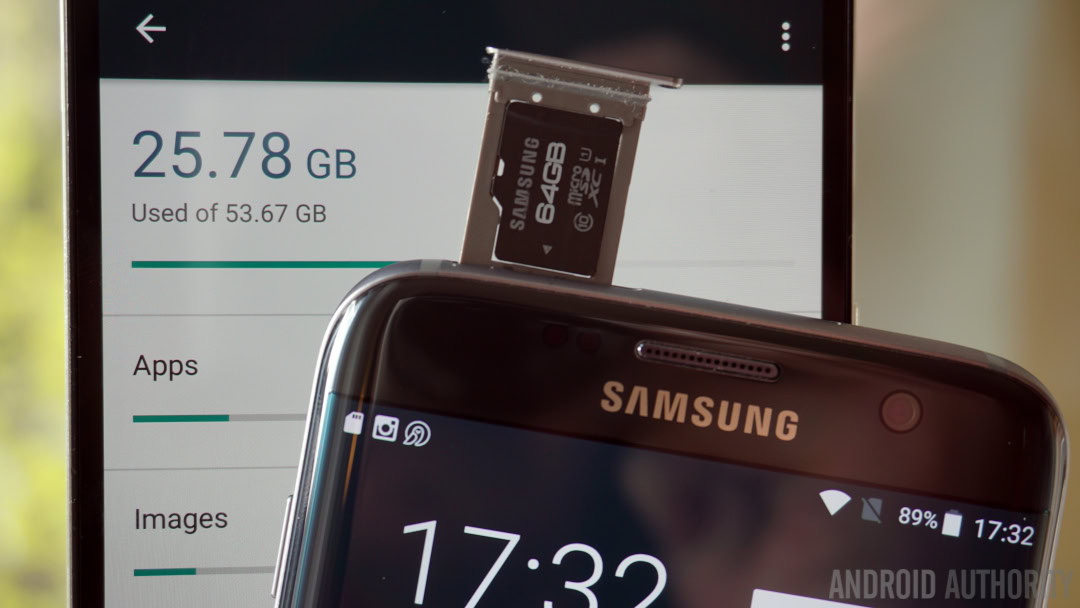
There are some worthy contenders on the battlefield for smartphone storage: the long-time champion, internal storage; the fan favorite, removable storage; and the new up-and-comer, the cloud. Each has its strengths, whether it’s affordability for the user, profitability for the manufacturer, accessibility and convenience or speed, security and reliability.
But as we’ve seen time and time again, the battle never has a clear victor. No single option ever comes out on top, and instead we end up with a combination of all three. But can each solution keep up with the increasing demands of consumers? The internal storage camp has a new secret weapon: 3D NAND.
Cloudless skies
For all the hoopla about cloud storage it has yet to fully take off – at least at a mainstream level, with 75% of consumers still storing their data locally. While devices like the Nextbit Robin are intriguing to say the least, it is up for debate as to whether the idea of a heavily cloud-centric storage solution will ever fully catch on.

Speaking with Gino Skulick from Micron about the future of storage, he is understandably skeptical of the cloud: “Five years ago we thought everything would be in the cloud, but it’s not. People want immediate access. They want things to be available with no delay. So embedded storage will always be there.”
75% of consumers store their data locally. People want immediate access. They want things to be available with no delay
Whether it’s reticence about security, concerns about accessibility or a simple lack of clear understanding, the cloud has definitely not taken over. While people use the cloud much more than they probably realize they do – for email, social media, music libraries and so on – there is still a pervasive resistance to giving everything over to the cloud. And this is unlikely to change in the immediate future.
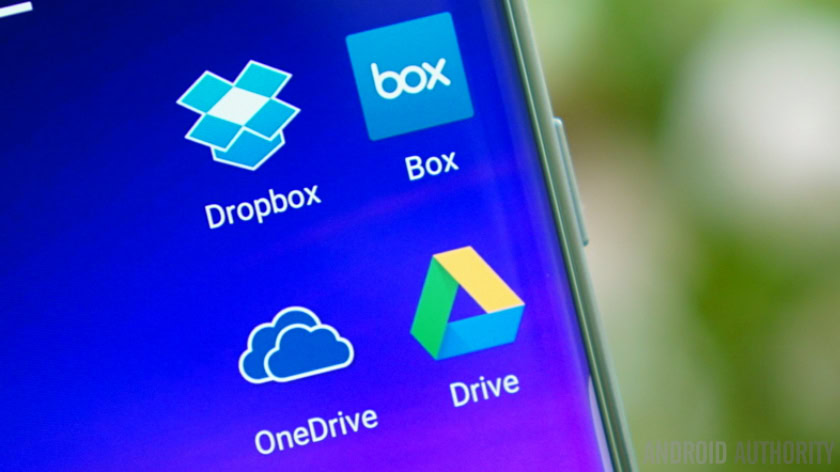
Removable revolution
So what about removable storage? Even when increases in flash storage speed – and no doubt, profitability – caused Samsung to remove the microSD card slot from the Galaxy S6 range, the backlash was enormous. So much so that Samsung meekly backtracked on the Galaxy S7 and reintroduced expandable storage. Needless to say, Samsung’s decision was met with widespread applause from the legions of fans of microSD card storage. But a lot of this also came down to cost.
So why won’t microSD be the storage solution of the future? We constantly hear about the speed, reliability and security issues inherent in microSD card storage. But for all Samsung’s claims about a faster user experience last year, the relatively affordable UHS-II standard still provided faster read/write speeds than the Galaxy S6’s flash memory. It was also a lot cheaper for the user.
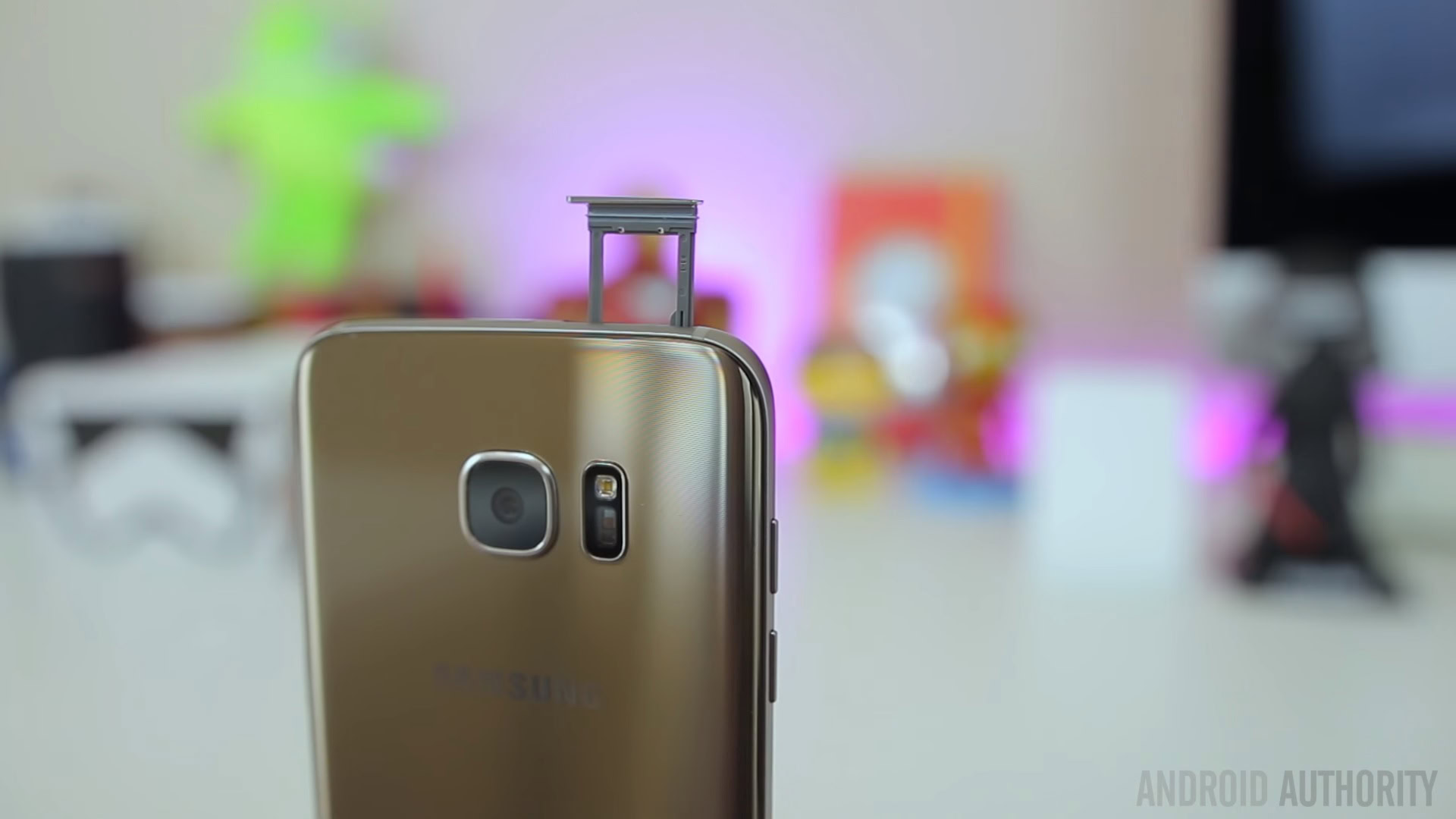
Cost vs profitability
Much of the debate about internal versus removable storage ultimately comes down to profitability. Yes, it can be less secure and yes, it can be less reliable, but the vast majority of users are willing to take these risks for a cheaper storage solution. A balance needs to be struck between what delivers the best performance, reliability and security and what is seen as a fair price for higher storage capacities.
Much of the debate about internal versus removable storage ultimately comes down to profitability.
So will external storage always have a place in smartphones? Skulick is on the fence: “Although we’ve seen a generation [of phones] go back to using microSD to increase storage capacity, whether that remains a part of the product line as we move forward is still up for debate. I know OEMs have roadmaps that contemplate both scenarios – embedded and external. Of course, the first choice for the OEM making the product is always going to be an embedded solution.”
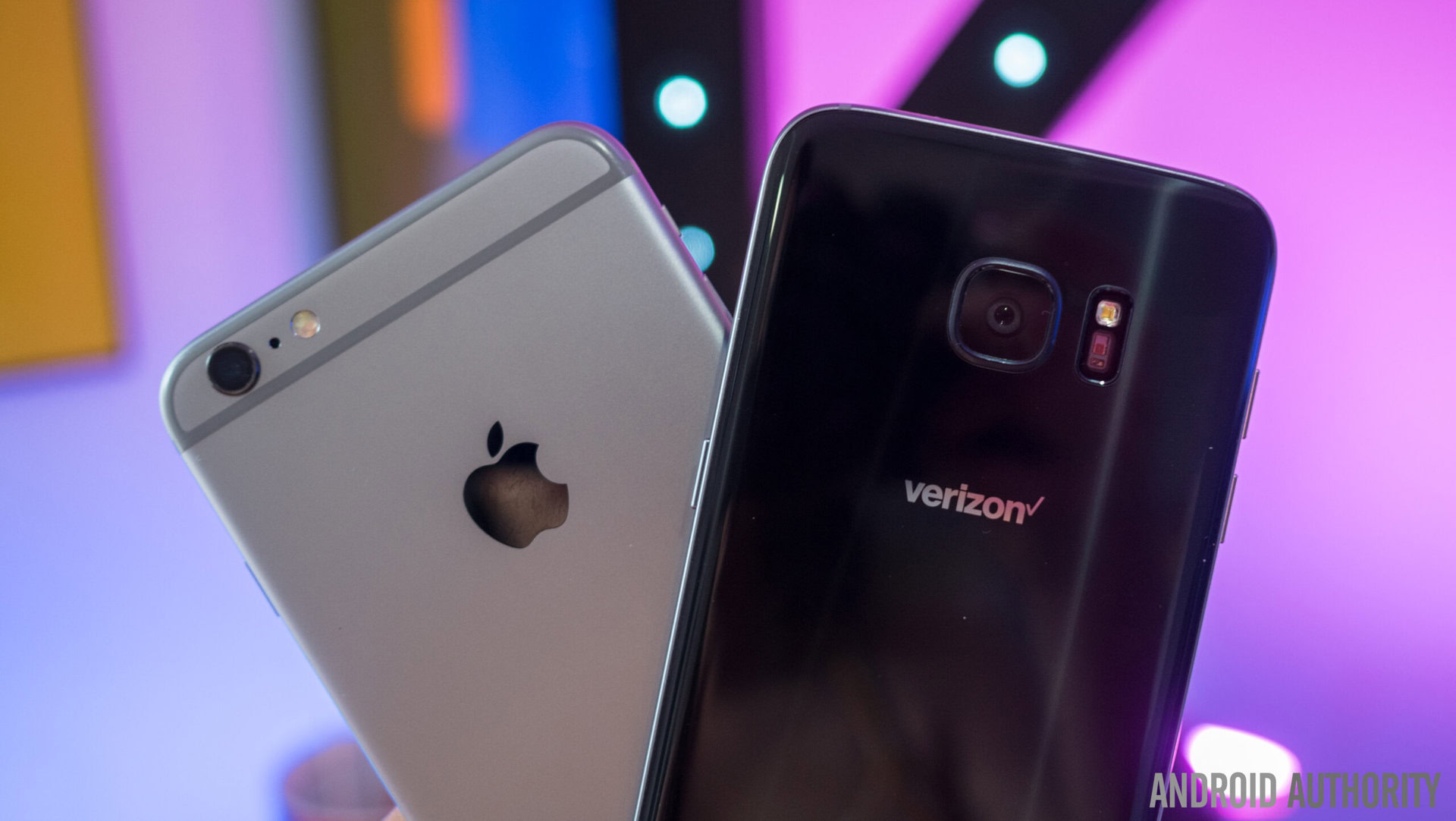
The future is 3D
But what happens when we hit a threshold on the amount of internal storage a smartphone can hold? As Skulick told me, “At Micron, we think that 128 GB is right at the top of the [2D] envelope. But with 3D NAND there is fundamentally no limit. You just keep putting more layers on the 3D profile so the storage density envelope expands significantly.”
128 GB is right at the top of the 2D envelope. But with 3D NAND there is fundamentally no limit. You jsut keep putting more layers on.
So what exactly is 3D NAND and why is it so revolutionary? It’s pretty simple really. 3D NAND is the pancake approach to storage. Rather than have a single layer of flash storage, you simply add more layers on top, like a skyscraper. Micron’s approach already allows for capacities three times higher than existing NAND technologies and an exponential increase in read/write speeds. But is all this simply going to cost us even more?
“The good news about 3D is that it doesn’t require bleeding edge technologies, which are the most expensive production environments you could have. So it’s not necessarily more costly. If you take a low tier 3D product and try to match it against a monolithic 2D solution, the 3D is more costly, but as you scale and get higher densities and tiering, the cost per bit goes way down.” So if the cost to the user remains similar – or even goes down – that just leaves the question of necessity. How much internal storage do we really need?
The next billion creators
Skulick is optimistic: “Smartphones are now content creators. Sophisticated users require more memory – more storage, more DRAM – and so 6 GB DRAM and 128 GB of storage are now available and we are already working on projects up to 256 GB of storage. It’s not just limited to the U.S. and Europe either, it’s occurring all over the world. A few years ago, the view was that densely populated third-world countries wouldn’t be able to afford smartphones and smartphone products. That has been proven wrong.”

But the demands of the first world and emerging markets are very different. LTE penetration, access to stable electricity and internet connections, the popularity of photo- and video-based social networks and the product life cycle all place different demands on the smartphones in different regions.
Where a 21 MP camera with 4K video might be essential in one market, a huge battery and power-sipping display might be more important in another. So the priorities emerging markets place on smartphones as they develop will likely be very different to what more mature markets demanded four or five years ago. Nevertheless, the “next billion” customers will buy a smartphone, not a feature phone.
The next billion customers will buy a smartphone, not a feature phone.
As Skulick notes, “If you look at the U.S., we started out with desktops, migrated down through laptops and then to tablets and smartphones. In many developing regions they’re starting out with a smartphone, so the memory requirements there are really daunting. An entry-level smartphone now has the same capabilities as a flagship phone from five years ago”.
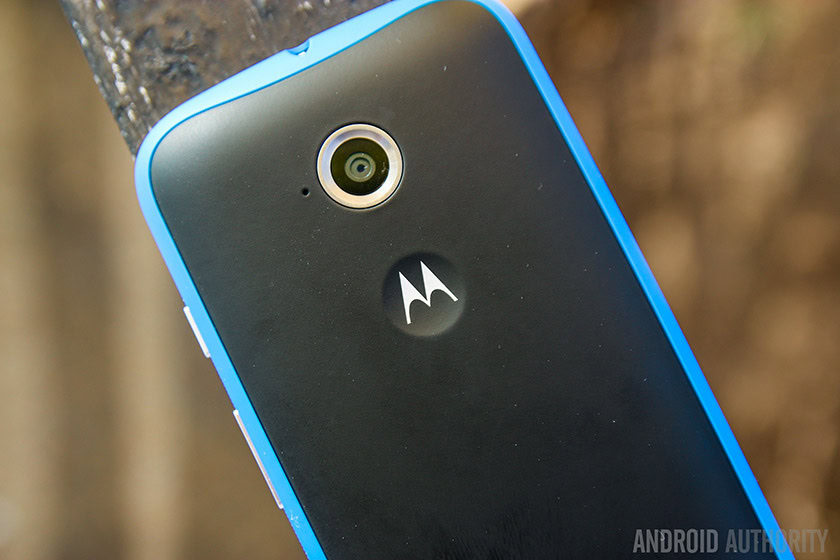
Where one goes, we all go
Contemplating the ways in which the evolution of smartphones in emerging markets might diverge from the trajectory we’re familiar with is an interesting future to ponder, but one thing is certain: the demands for more efficient and powerful devices, and increases in memory, both in terms of RAM and internal storage, is consistent across all markets.
The demands for more efficient and powerful devices - and increases in memory - are consistent across all markets.
Skulick agrees: “As the requirements for more density go up, the power requirements need to go down. We have to come up with creative power-saving technologies that preserve more and more battery life. The good news is that it keeps evolving. You have all these creative technical people creating applications, games and different appliances for virtual reality and so on, but because they are a battery operated appliance you have to provide all three: better performance, more power-saving technologies and higher densities.”

This is, perhaps, the kernel of the matter. While Skulick is naturally invested in the future of embedded storage solutions, he, like all of us, understands that increases in storage capacities are only one part of it. As smartphones continue to absorb functionality and replace more and more other peripherals and devices, the demands placed on them for increased processing power, more storage and better battery life are inextricably linked, just like the combination of embedded, removable and cloud storage. One simply cannot ascend without taking the others with it.
What is the most important consideration for you? Security? Price? Reliability?